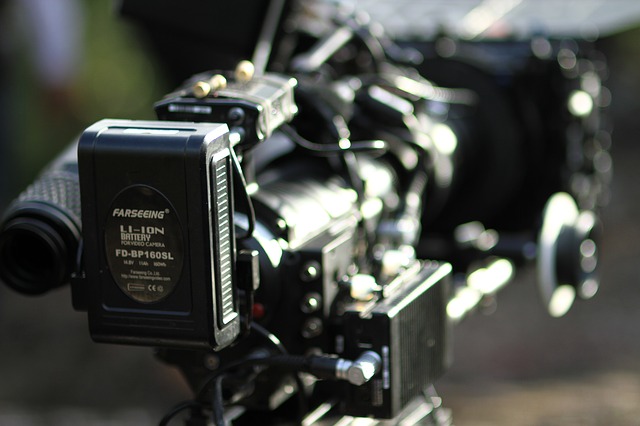Why Digital Is a Better Choice for Movie Storage
As we’ve entered the age of advanced technology and an easy-access life, the world of cinema has hardly been far behind. The process of projecting a motion picture through the 35mm reel has now started to be termed as an age old phenomena. The digital world is evolving at a fast pace, and no matter how many filmmakers oppose to the idea of digital filming and distribution of movies, it has been termed as a plausible, low cost and friendlier medium. Transferring movies through hard drives or even through the internet, without going through the hassle of distributing the reels worldwide is much better of an option. The conventional projector is now discarded, to be replaced by the new, refined, and more effective digital film projector. All across the world, a large number of movie theaters have opted for the digital medium as opposed to the usual cinematic one.

So why should we, as consumers, opt for the digital storage as opposed to film?
The answer is simple. It reduces more time and effort than going through the hassle of preserving film, which loses its touch over time even though it might have the capability of lasting much longer. Also it’s expensive for us to process -giving the 35mm raw film to a professional, who will convert it to a format that can be viewed on the computer or DVD - also cumbersome to store. Shooting video is limited to the amount of stock (the raw 35mm film that you will be shooting on), which is pricey in itself to carry. Digital, on the other hand, gives you unlimited space. With digital video, it’s like anything you want to look after and take care of. You might have to transfer it to a new storage every 5-6 years but if for instance you have memories of times with your family and friends, your kids as they grow up... those are treasures to keep safe for years. Why wouldn’t we go through the minimal process of transferring these files when it can be done in a much easier way than analogue?
For consumers as well as filmmakers, money is the most significant factor that comes into play. It should be taken into consideration that digital projection is more advanced a technology than filming cameras ever will be; or the fact that there are various aspects that effects can cover, that which physical representation cannot master; or that digitalization saves more time, is easier and much less complicated than the normal filming; or even the ease of access with editing during post production. There might be some downsides to entering the digital world, but cinema is emerging out as a whole new repertoire of digital effects.


 Jake
Jake






